Project: United States National Geospatial-Intelligence Agency Naval List of Lights
The Challenge
The Naval List of Lights is a compilation of every maritime navigation light in US and foreign waters. Vital for government, civilian, and commercial maritime users, the List of Lights includes complete information about lighted aids to navigation and sound signals. It encompasses storm signals, signal stations, radio beacons, racon, and radio direction finder calibration stations. Until now, this data has been republished annually in seven separate volumes, each corresponding to a defined geographic region. This complex encyclopedic approach — dependent upon disparate datasets with difficult projections — fell short when it came to the network's sheer size and the conflicting aspects of many lights. Updates have come from a variety of sources and have been hard to implement. For decades, it has been difficult to effectively and accurately combine and distribute this data.
The Solution
Darkhorse Geospatial is creating a consolidated global dataset or network of existing nautical lights. The new network will have standardized naming conventions, including attributes, domain lists, and linkages. Creating one complete light network will improve the ease and accuracy of annual updates due to the elimination of duplicate entries — currently, the same light may exist in two datasets that geographically touch or slightly overlap. And most excitingly, this new system will enable the NGA to create a geospatial feature service, which customers can access on their computers, phones, or handheld GPS devices when out in the open seas.
Our Role
Darkhorse Geospatial supports this project by creating one consolidated network of the List of Lights by organizing and locating the lights on ArcGIS.
Our Work
This project is the culmination of decades of collected data, portrayed and organized in a completely new GIS system. First, we utilized the unchanged lights data and created shapefiles for the entire globe. We began flagging existing discrepancies, including their locations and heading attributes, and then made corrective changes. Then, we started the process of creating new features for the entire Lights of Lights.
Our Results
This project is currently underway, in stage 2, as detailed below. We have amassed sufficient feature classes to create an overarching system for the lights, and are starting to create new entries and populate data fields.
The process:
Creating a geodatabase schema to house the network with new standardized attributes and domain lists
Collecting all existing lights, normalizing the data, transforming them into a geospatial format, and migrating them into the new network
Adding all new or modified lights to the network and populating the new data fields
Capturing the workflow so the import tasks can be repeated annually or more often if needed
Developing a dissemination plan so sailors can view and filter the data online, download and/or access the data via web or feature services
The result will be an entirely new system with vastly enhanced accessibility and accuracy for maritime navigators worldwide.
